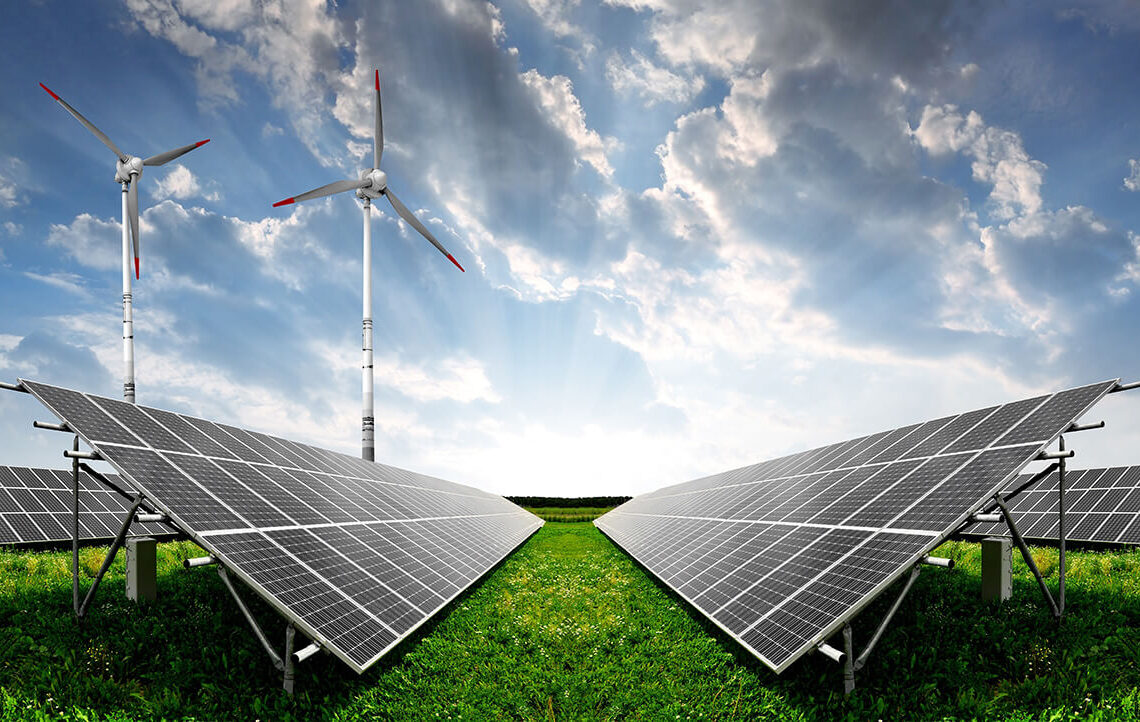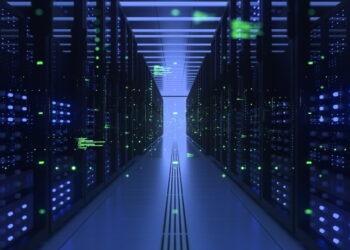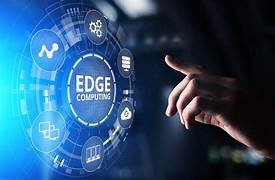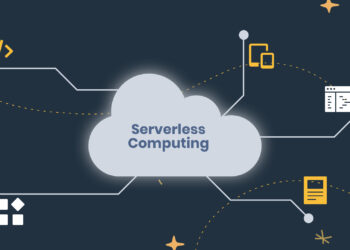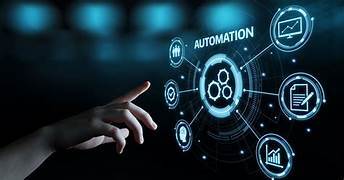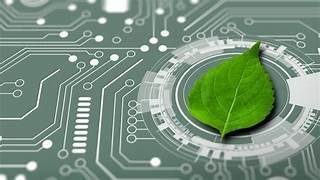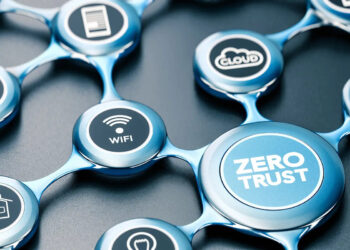The world stands at the precipice of a monumental shift in how we generate, distribute, and consume energy. Driven by urgent imperatives – climate change, the escalating demand for electricity, and the imperative for greater energy efficiency and resilience – the traditional, centralized power grid is undergoing a radical transformation. This evolution is giving rise to the “smart grid,” a sophisticated, digitized, and interconnected energy network. At its core, the smart grid is an intelligent system capable of self-healing, optimizing energy flow, and integrating diverse energy sources, particularly renewables. The concept is not merely an upgrade; it’s a fundamental reimagining of our energy infrastructure, promising a more sustainable, reliable, and economically viable future.
However, the true power of the smart grid lies in its integration. It’s not enough to have smart components; these components must seamlessly communicate, collaborate, and adapt in real-time. This article delves into the critical role of smart grid integration, exploring its foundational elements, transformative impacts, inherent challenges, and the exciting opportunities it presents for a cleaner, more efficient energy ecosystem. Understanding this integration is paramount for policymakers, utility providers, technology developers, and consumers alike, as it charts the course for our collective energy destiny.
The Traditional Grid
To appreciate the necessity of smart grid integration, it’s essential to understand the limitations of the conventional power grid. Designed in the 20th century, this infrastructure was built around a one-way flow of electricity from large, centralized power plants (often fossil fuel-based) to passive consumers.
- Centralized Generation: Power largely produced by a few large plants (coal, natural gas, nuclear).
- One-Way Flow: Electricity flows from generators to transmission lines, then to distribution networks, and finally to consumers.
- Lack of Real-time Information: Limited data on actual consumption and grid conditions, leading to inefficiencies and challenges in demand management.
- Vulnerability to Outages: Failures at a single point (e.g., a power plant or major transmission line) can lead to widespread blackouts due to limited self-healing capabilities.
- Inefficient Energy Use: Difficulty in balancing supply and demand precisely, leading to wasted energy or peak load challenges.
- Limited Renewable Integration: The traditional grid struggles to accommodate intermittent renewable sources like solar and wind due effectively.
Defining the Smart Grid
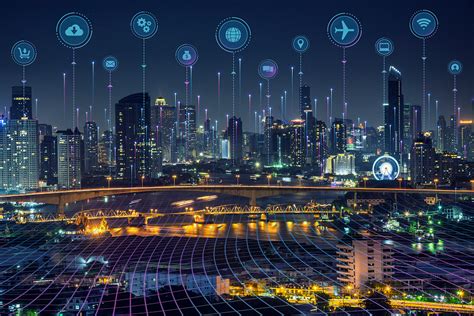
The smart grid is a modernized electrical grid that uses information and communications technology (ICT) to gather information, such as information about the behaviors of suppliers and consumers, in an automated fashion to improve the efficiency, reliability, economics, and sustainability of the production and distribution of electricity. It incorporates digital technology, advanced analytics, and two-way communication capabilities.
- Two-Way Communication: Unlike the traditional grid, the smart grid enables communication between utilities and consumers, and among various grid components.
- Self-Healing Capabilities: The ability to detect and respond to disturbances, often rerouting power automatically to minimize outages.
- Distributed Generation Integration: Seamlessly incorporates power from diverse sources, including rooftop solar, wind farms, and community energy projects.
- Demand Response: Empowering consumers to manage their energy consumption based on real-time pricing or grid conditions.
- Enhanced Cybersecurity: Robust measures to protect critical infrastructure from cyber threats.
- Advanced Metering Infrastructure (AMI): “Smart meters” that provide real-time consumption data, enabling dynamic pricing and more efficient billing.
Pillars of Smart Grid Integration
The essence of a truly functional smart grid lies in the seamless integration of its many sophisticated components. This integration is not just technological; it’s also about policy, market structures, and consumer engagement.
- Advanced Sensing and Measurement Technologies: These are the “eyes and ears” of the smart grid, providing real-time data.
- Smart Meters (AMI): As mentioned, they collect granular consumption data and enable two-way communication with utilities.
- Phasor Measurement Units (PMUs): High-speed sensors that measure electrical waves on the grid, providing a highly accurate, synchronized snapshot of grid conditions.
- Sensors on Transmission & Distribution Lines: Monitor voltage, current, temperature, and other parameters to detect faults and optimize flow.
- Advanced Communications Infrastructure: The “nervous system” that transmits data across the grid.
- Fiber Optics: High-bandwidth, secure communication backbone.
- Wireless Technologies: 5G, Wi-Fi, and other wireless protocols for last-mile connectivity and remote device control.
- Power Line Communications (PLC): Using existing power lines for data transmission.
- Mesh Networks: Self-configuring, self-healing networks that improve reliability and coverage.
- Advanced Control Methods and Analytics: The “brain” that processes data and makes intelligent decisions.
- SCADA (Supervisory Control and Data Acquisition) Systems: Enhanced for real-time monitoring and control of grid operations.
- Big Data Analytics: Processing vast amounts of grid data to identify patterns, predict failures, and optimize performance.
- Artificial Intelligence (AI) & Machine Learning (ML): Algorithms for predictive maintenance, anomaly detection, demand forecasting, and optimized energy dispatch.
- Optimization Algorithms: Complex mathematical models to balance supply and demand, minimize losses, and manage congestion.
- Distributed Energy Resources (DER) Integration: A crucial aspect, allowing diverse local energy sources to connect and contribute.
- Renewable Energy Sources: Solar PV (rooftop and utility-scale), wind farms, small hydro, geothermal.
- Energy Storage Systems: Batteries (grid-scale and residential), pumped-hydro, flywheels, compressed air energy storage (CAES).
- Electric Vehicles (EVs): As mobile storage units and potential contributors to grid stability through Vehicle-to-Grid (V2G) technology.
- Combined Heat and Power (CHP) Plants: Efficiently generating electricity and useful heat locally.
- Cybersecurity and Data Privacy: Paramount for protecting critical infrastructure and consumer information.
- Intrusion Detection Systems: Monitoring for malicious activity.
- Encryption and Authentication Protocols: Securing data transmission and access.
- Blockchain Technology: Potentially for secure transaction management and peer-to-peer energy trading.
- Consumer Engagement and Demand Response Systems: Empowering consumers to be active participants.
- Smart Appliances: Devices that can adjust their energy consumption based on grid signals (e.g., dynamic pricing).
- Home Energy Management Systems (HEMS): Platforms that allow consumers to monitor and control their energy use.
- Dynamic Pricing Programs: Incentivizing consumers to shift consumption away from peak demand periods.
The Transformative Benefits of Seamless Integration
Effective smart grid integration delivers a multitude of advantages, fundamentally altering the energy landscape.
- Enhanced Reliability and Resilience:
- Self-Healing Capabilities: Automatic detection and isolation of faults, rerouting power to minimize outage duration and scope.
- Distributed Generation: Reduces reliance on single, centralized points of failure.
- Blackstart Capabilities: Ability to restart sections of the grid after a widespread outage using local generation.
- Increased Efficiency and Reduced Energy Waste:
- Optimized Power Flow: Real-time data and control minimize transmission and distribution losses.
- Demand-Side Management: Reducing peak demand through demand response programs, avoiding the need for expensive peaker plants.
- Reduced Operational Costs: Automation and predictive maintenance lower O&M expenses for utilities.
- Seamless Integration of Renewable Energy:
- Intermittency Management: AI and energy storage systems help manage the fluctuating nature of solar and wind power, ensuring grid stability.
- Grid Stability: DERs can provide ancillary services like voltage support and frequency regulation.
- Reduced Carbon Footprint: Facilitates the transition away from fossil fuels to cleaner energy sources.
- Economic Benefits and Market Opportunities:
- New Business Models: Peer-to-peer energy trading, energy services companies, microgrid development.
- Reduced Energy Costs: For consumers through efficiency gains and dynamic pricing.
- Job Creation: In smart grid technology development, deployment, and maintenance.
- Grid Modernization Investments: Stimulating economic activity in the energy sector.
- Empowered Consumers:
- Greater Control: Real-time data and smart home technologies allow consumers to manage their energy use effectively.
- Cost Savings: Opportunities to save money by participating in demand response programs.
- Prosumer Role: Consumers can become “prosumers” – both producers and consumers of electricity, selling excess renewable energy back to the grid.
- Improved Safety:
- Remote Monitoring and Control: Reduces the need for personnel to be physically present in hazardous areas.
- Faster Fault Detection: Pinpointing issues quickly, preventing escalation and potential hazards.
Major Challenges in Smart Grid Integration
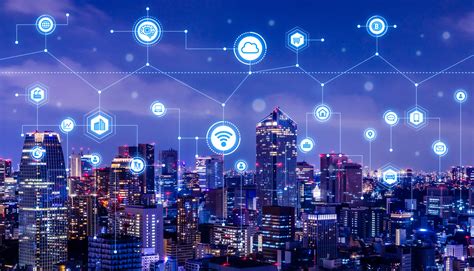
Despite its compelling benefits, the path to a fully integrated smart grid is fraught with challenges that require concerted effort from all stakeholders.
- Interoperability and Standardization:
- Lack of Common Protocols: Different vendors and technologies often use proprietary communication protocols, hindering seamless data exchange.
- Fragmented Ecosystem: A wide array of devices, software, and systems from various manufacturers makes integration complex.
- Solution: Developing and enforcing open standards and common communication protocols (e.g., IEC, IEEE standards) is crucial.
- Cybersecurity Threats:
- Increased Attack Surface: Digitization and connectivity create more entry points for cyberattacks on critical infrastructure.
- Sophisticated Threats: Nation-state actors and organized crime groups pose significant risks.
- Solution: Robust cybersecurity frameworks, continuous threat monitoring, real-time anomaly detection, and employee training.
- Data Management and Privacy:
- Volume and Velocity of Data: The sheer amount of real-time data generated by smart meters and sensors is immense, requiring advanced analytics capabilities.
- Consumer Privacy Concerns: Granular consumption data can reveal personal habits, raising privacy issues.
- Solution: Secure data storage, anonymization techniques, clear data governance policies, and adherence to privacy regulations (e.g., GDPR).
- Regulatory and Policy Frameworks:
- Outdated Regulations: Existing regulatory structures were designed for the traditional grid and may not adequately support smart grid innovation, DER integration, and new market structures.
- Incentive Structures: Need for policies that incentivize smart grid investments and consumer participation in demand response.
- Solution: Collaborative efforts between regulators, utilities, and industry to create adaptive and forward-looking policies.
- High Capital Costs and Return on Investment (ROI):
- Significant Upfront Investment: Deploying smart grid technologies requires substantial capital expenditure.
- Long ROI Periods: The full benefits may take time to materialize, making it challenging for utilities to justify investments without clear financial incentives.
- Solution: Government funding, public-private partnerships, and innovative financing models.
- Skill Gaps and Workforce Development:
- New Expertise Required: A shortage of professionals with skills in data science, cybersecurity, communications engineering, and power electronics for smart grid operations.
- Retraining Existing Workforce: Traditional utility workers need to be retrained for the new technological landscape.
- Solution: Investment in STEM education, vocational training programs, and partnerships between academia and industry.
- Public Acceptance and Consumer Engagement:
- Lack of Awareness: Many consumers are unaware of the benefits of smart grid technologies.
- Trust Issues: Concerns about data privacy and perceived lack of control.
- Solution: Public education campaigns, transparent communication, and user-friendly interfaces for smart grid services.
Global Progress and Future Outlook in Smart Grid Integration
Nations and utilities worldwide are making significant strides in smart grid integration, albeit at varying paces.
- Europe: The European Union has ambitious targets for renewable energy integration and has heavily invested in smart grid pilot projects and regulatory harmonization. Countries like Germany and Denmark are leaders in integrating high levels of wind and solar power.
- North America: The U.S. and Canada are implementing smart meters, advanced distribution management systems, and fostering microgrid development, particularly in response to extreme weather events.
- Asia-Pacific: China, Japan, and South Korea are making substantial investments in smart grid infrastructure, driven by rapid urbanization and increasing energy demand. India is also focusing on smart grid deployments to improve grid reliability and reduce losses.
- Emerging Markets: Countries in Africa and Latin America are increasingly exploring smart grid solutions, particularly for rural electrification and improving grid stability in areas with weak infrastructure.
The future of smart grid integration is characterized by several key trends:
- Increased Decentralization: More energy generation occurring at the local level (rooftop solar, community microgrids).
- Greater Interconnectivity: Seamless communication between all grid components, from large power plants to individual smart appliances.
- AI and Machine Learning Dominance: AI will move beyond analytics to autonomous decision-making in grid operations, predictive maintenance, and energy trading.
- Blockchain for Energy Transactions: Enhanced security and transparency for peer-to-peer energy trading and grid services.
- Evolution of Virtual Power Plants (VPPs): Aggregating distributed energy resources (like rooftop solar and battery storage) to act as a single, dispatchable power plant.
- Enhanced Cybersecurity Measures: Continuous innovation in threat detection and prevention to safeguard critical infrastructure.
- Grid Edge Intelligence: More processing and decision-making happening at the edge of the grid (e.g., within smart inverters and home energy management systems).
Conclusion
Smart grid integration is not merely a technological upgrade; it is the essential backbone for a resilient, sustainable, and economically vibrant energy future. By weaving together advanced sensors, sophisticated communication networks, intelligent control systems, and diverse energy resources, we are building an energy infrastructure capable of meeting the complex demands of the 21st century. The journey towards a fully integrated smart grid is challenging, requiring significant investment, policy innovation, and a collaborative spirit among governments, utilities, technology providers, and consumers.
However, the potential rewards – enhanced reliability, massive efficiency gains, seamless renewable energy integration, and a significantly reduced carbon footprint – are too profound to ignore. As nations worldwide accelerate their transition to cleaner energy, the success of smart grid integration will be the key differentiator, unlocking unprecedented opportunities for economic growth and environmental stewardship. The integrated smart grid is not just about moving electrons; it’s about powering a smarter world, one where energy is managed intelligently, sustainably, and for the benefit of all. The future of energy is interconnected, intelligent, and here.

